Angering many and surprising few, the University of Minnesota campus saw large gatherings of residential students — mostly first-years — almost immediately after welcoming them back to campus.
University first-years began moving into the residence halls starting Sept. 15 with a host of restrictions, as part of the Maroon and Gold Sunrise Plan, meant to prevent the spread of COVID-19. That week, parties around the dorms garnered attention from around the state.
Campus reaction
Following outrage from students and staff, University administration weighed options for responding to the large gatherings. Many who attended the pre-curfew parties said they were following the Maroon and Gold plan anyway.
Officials deployed University of Minnesota Police Department officers around Superblock to help enforce curfew on a nightly basis in late September. However, some felt that the police presence — especially in light of the George Floyd protests and continued efforts to minimize police presence on campus — was counterproductive.
“UMPD did absolutely nothing to enforce any aspects of the COVID rules,” said Cameron* a community advisor in one of the Superblock dorms, who wished to remain anonymous due to concerns about retaliation. “In fact, [UMPD] made it more difficult for CAs to try to enforce the rules.”
Multiple CAs previously expressed uneasiness about engaging UMPD in concerns within the buildings, especially those housing multicultural LLCs like the Huntley House for Black Men and Charlotte’s Home for Black Women. The parent unit for those LLCs, the Multicultural Center for Academic Excellence, declined to comment on the situation, though they said they stand by the students they serve.
Students who violated conduct codes were subject to being referred to the University’s Office for Community Standards or could be referred to the University’s Housing and Residential Life (HRL), per a statement from the University.
“Our goal is to ensure students understand expected behaviors and why,” the statement reads. “We believe that by focusing on education and restorative justice, we can contribute to the education and development of our students, and ultimately generate more positive behavior than sanctions alone.”
Some students also criticized how inaccessible University administration made itself during this time. Many students denounced President Joan Gabel deleting her Twitter, saying that it seemed she was avoiding the outpouring of criticism.
Gabel said that while she enjoyed spreading good news and following world events through Twitter, the negative interactions far outweighed the benefits.
“The other side of social media — including anonymous vitriol and threats — outweighed the positive aspects of using the platform, so like many people, I removed myself and instead will rely on the other ways I make myself available to our community,” Gabel said in a statement emailed to the Minnesota Daily.
She said she would remain active in responding to the community through calls and emails.
Many people felt that the administration carried much of the blame, having allowed so many students back on campus in the first place during such a sensitive time — especially after seeing similar gatherings at other campuses.
“To put it simply: It’s a shitshow,” Cameron* said.
However, not all anger was directed solely at University administration.
Second-year University student Jack Sewpersaud said that while he understood the University’s position and that there was only so much the administration could do to impact individual decisions, he still felt the responsibility was on them to keep students safe.
“I want to believe that the University cares about the students and cares about their safety and that they have protocols in place,” Sewpersaud said. “But events like this kind of show almost a disregard for students, which is kind of troubling.”
Inside housing
Even as the gatherings have settled down, challenges have been ongoing in the dorms.
Kat Paige, a first-year student living at Centennial Hall, said that she did not want to go back home — she decided to come to Minnesota for personal reasons — so she was especially disappointed by the lack of care shown by partying students.
“We’re trying to be here to stay,” Paige said.
While Paige said that she thought things had considerably simmered down since the first weeks, those in charge of supervising life in the dorms say issues still linger in some buildings.
Many CAs have remained critical of their working conditions, including not being offered the same COVID-19 testing opportunities as University athletes, despite their long-term close proximity to many residents in their buildings.
On Wednesday, HRL sent an email to CAs saying they would temporarily be paid about $20.50 for two hours of their 15-24 hour “on-duty” shift, following calls from the Minnesota Student Association and years of ongoing complaints about unpaid work.
Several CAs expressed concerns earlier this year over what their roles were in enforcing Maroon and Gold protocols and how HRL management have communicated their responsibilities to them. Several CAs say that these issues still have yet to be resolved and that the gatherings further exacerbated existing worries.
“In some of our meetings we’re like, ‘Oh, we’re almost like prison guards,’” said Will Dowell, a CA in 17th Avenue Hall. “Those rules are so strict and make our job so much more difficult.”
Megan Phillips contributed to this story.


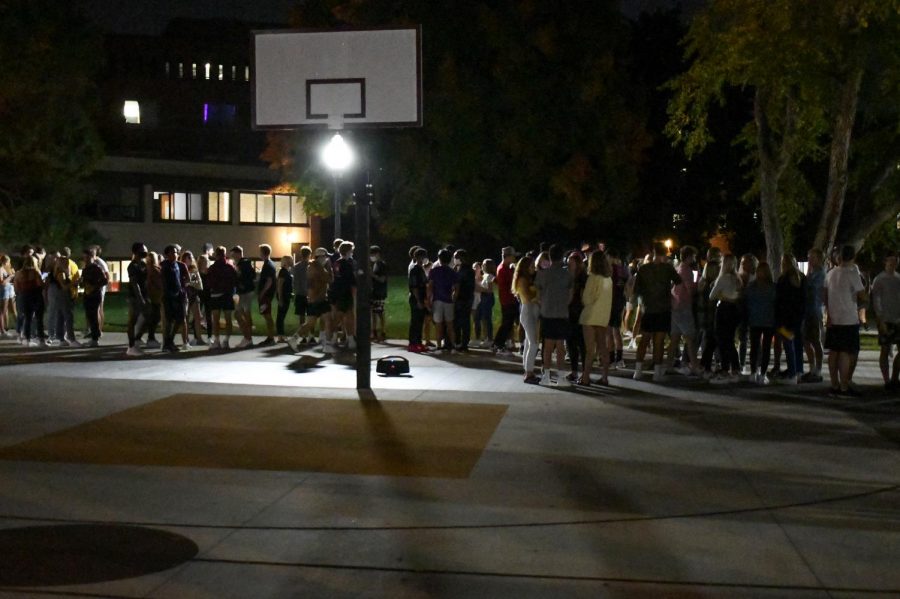





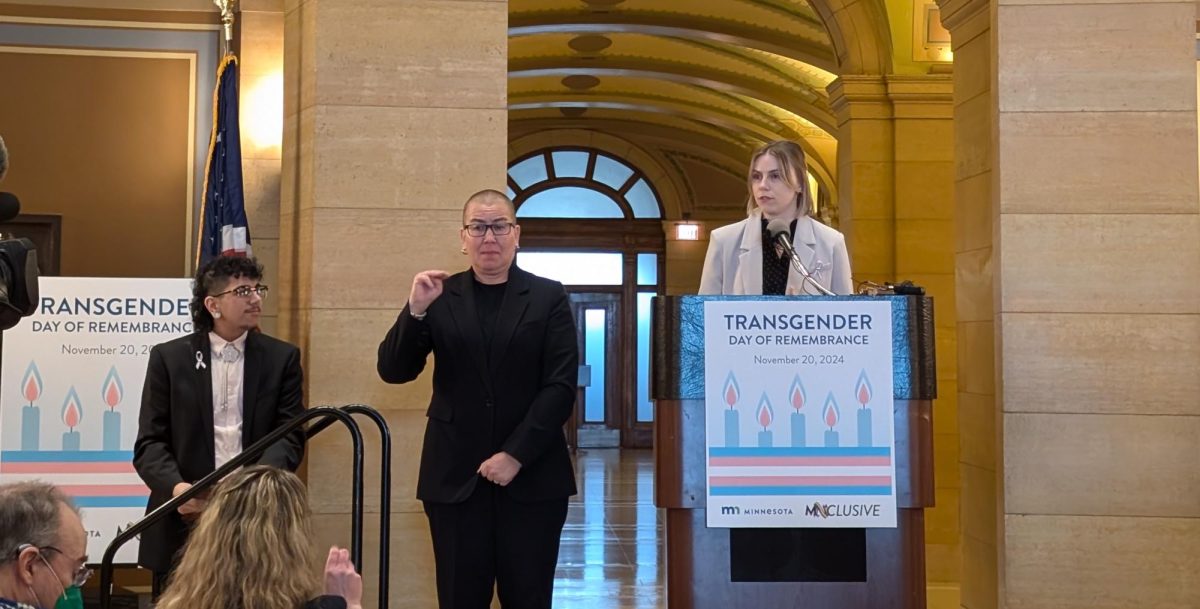
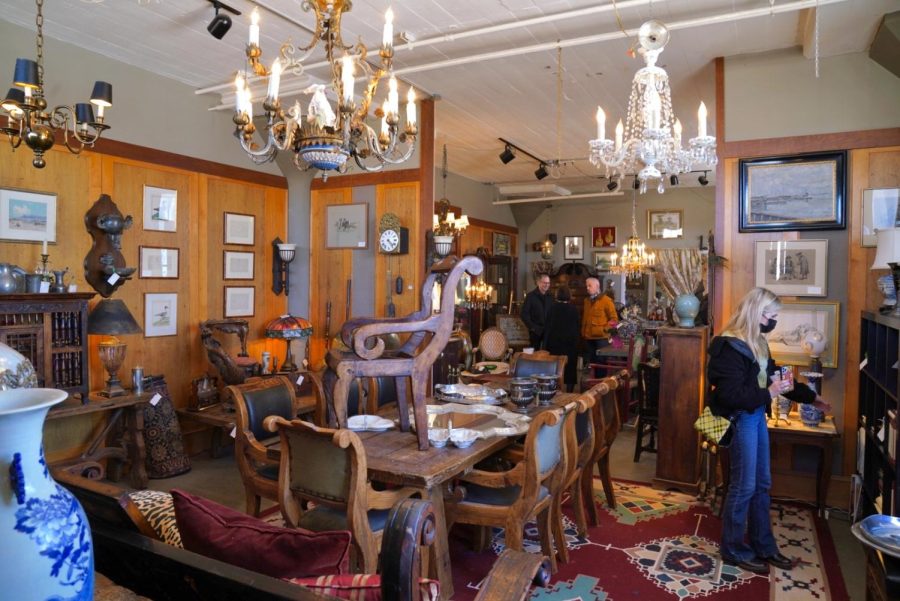
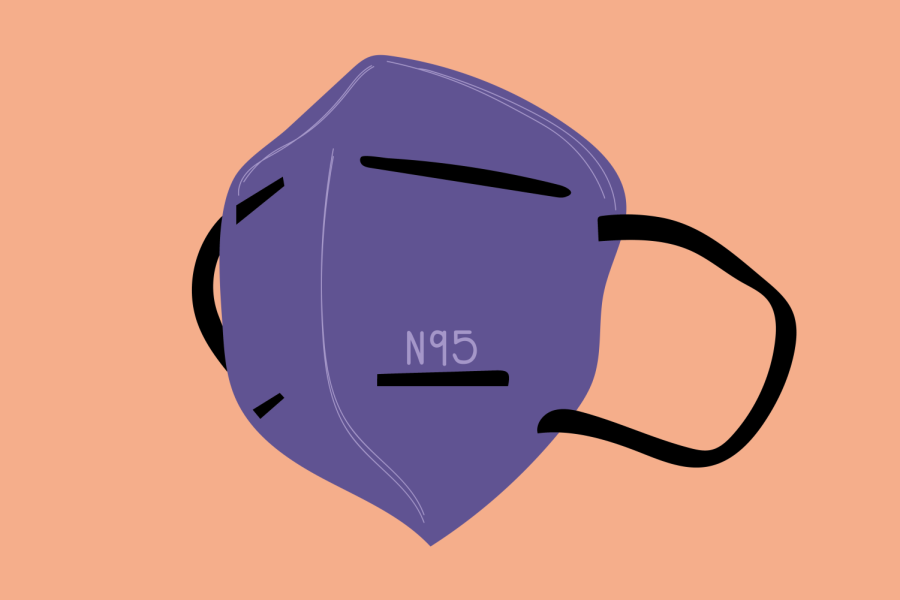
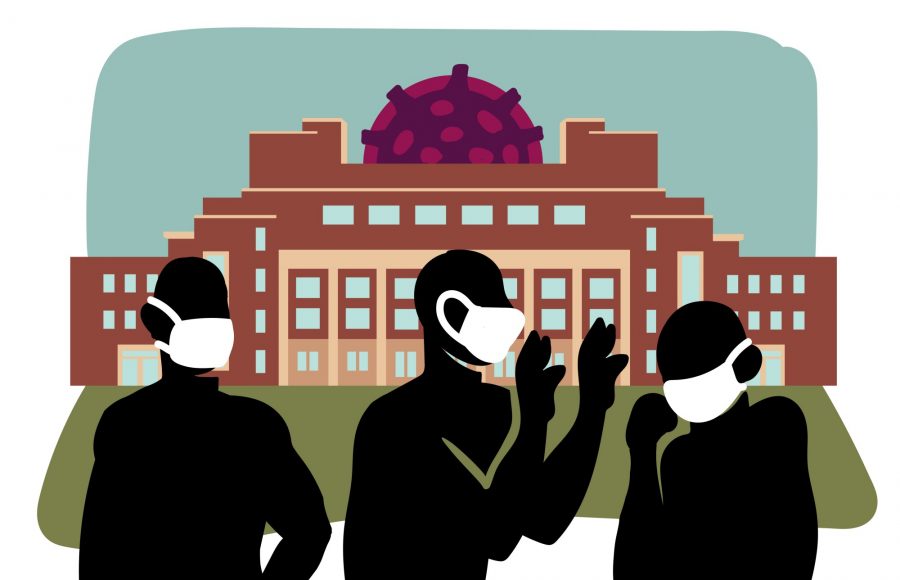
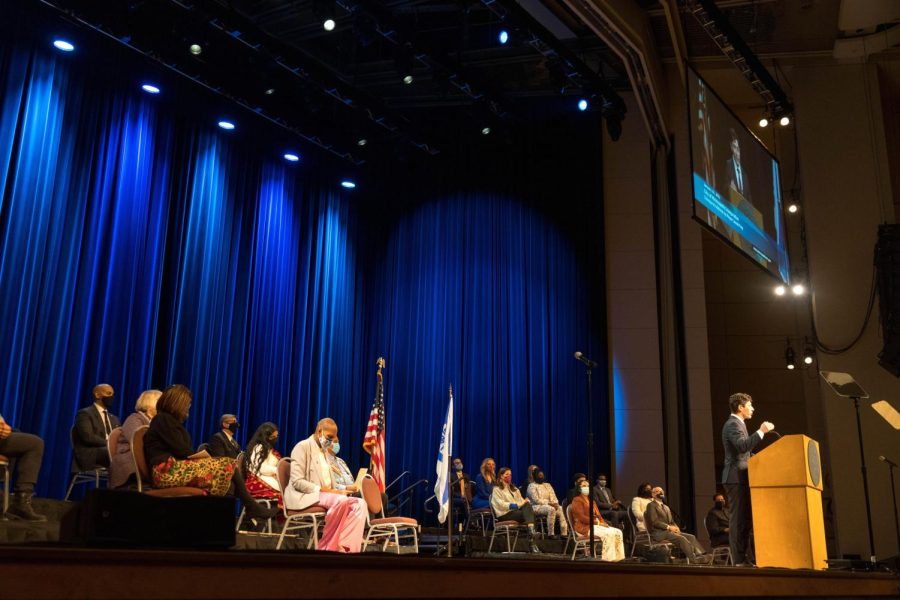
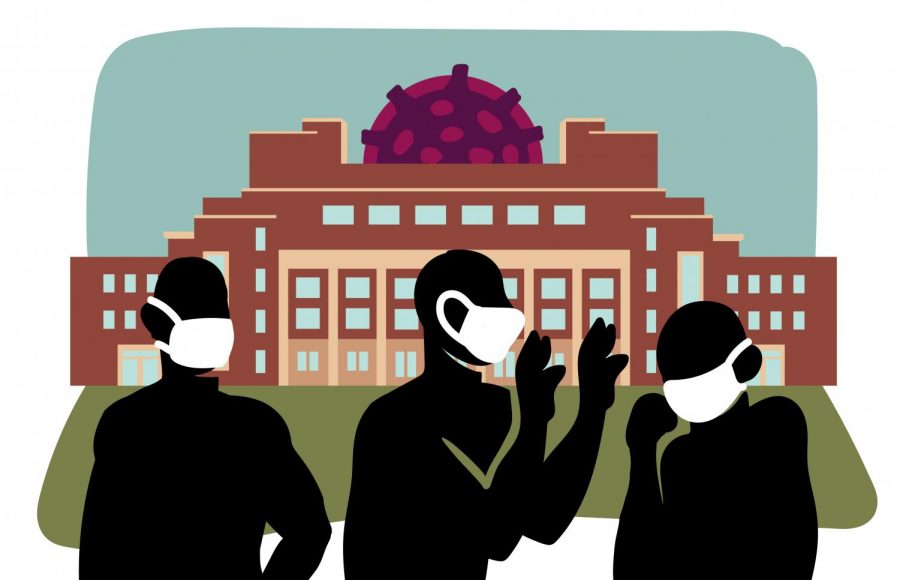





Cory Emerson
Oct 12, 2020 at 1:36 pm
“UMPD did absolutely nothing to enforce any aspects of the COVID rules,” said Cameron* a community advisor in one of the Superblock dorms, who wished to remain anonymous due to concerns about retaliation. “In fact, [UMPD] made it more difficult for CAs to try to enforce the rules.”
Hey “Cameron,” the police enforce laws, not rules and policies. It is not a crime to be in doors without a mask or stand within 6 feet of someone. Sounds like UMPD did exactly what they should about this…which is nothing,